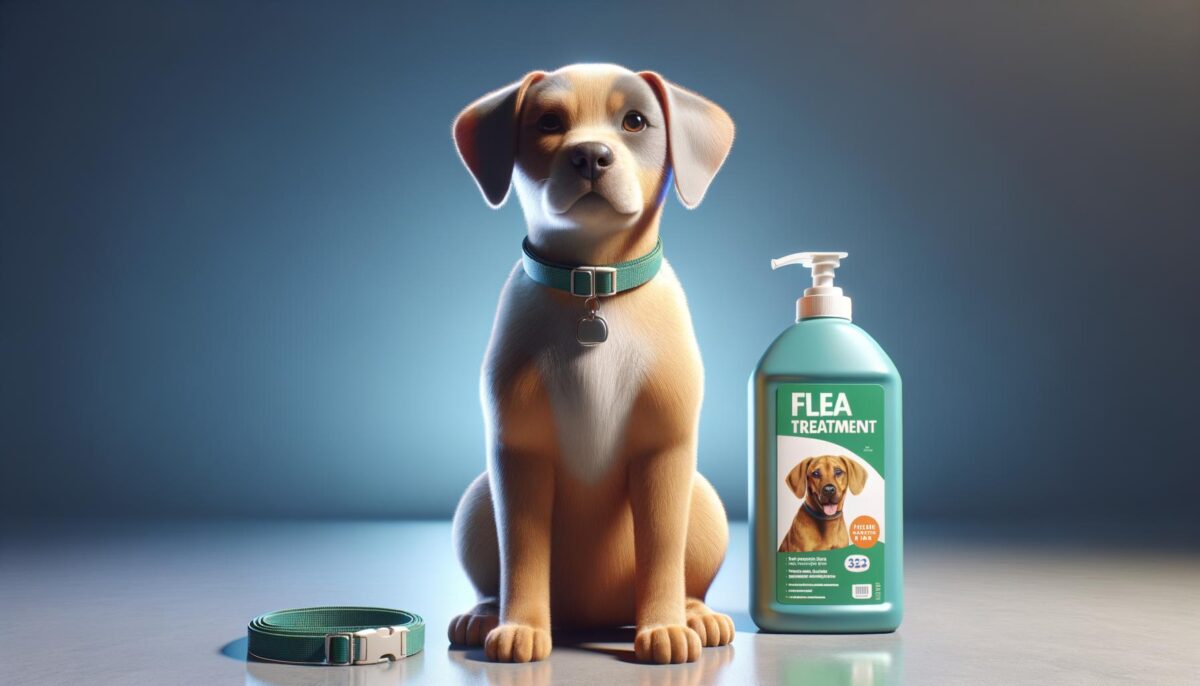Understanding the Flea Life Cycle
Before diving into flea treatment options, it’s important to understand the flea life cycle. This knowledge is key to effectively tackling an infestation. Fleas have four stages in their lifecycle: egg, larva, pupa, and adult. Each stage requires different methods of treatment, and failing to address all stages can lead to a persistent problem. It’s crucial to not only treat your pets but also to address the environment to prevent fleas from maturing and reproducing. Environmental factors, such as humidity and temperature, can also influence their lifecycle. By understanding these factors, pet owners can better prepare their homes for flea treatment and prevention.
Top Flea Treatment Methods
Flea treatment requires a multipronged approach to be effective. Among the best methods available are topical treatments, oral medications, flea collars, and environmental controls. These are often well-regarded because they offer targeted solutions, combating fleas at various stages:
- Topical treatments: Applied directly to the pet, these solutions are designed to kill fleas upon contact and usually offer a month’s worth of protection.
- Oral medications: These are ingested by the pet and work from the inside out, making them effective against adult fleas.
- Flea collars: Offer long-lasting protection by releasing chemicals that repel and kill fleas over a period of time.
- Environmental controls: Includes regular vacuuming, washing pet bedding, and possibly using insecticides to eliminate fleas from the home environment.
By using a combination of these methods, you can achieve outstanding results in controlling and eliminating fleas from your pets and home.
Creating a Flea-Free Environment
Ensuring your home remains free from fleas involves more than just treating your pets. This step requires dedication to maintaining a clean and hostile environment for fleas. Regularly vacuuming carpets, furniture, and pet resting areas can considerably reduce flea populations by removing eggs and larvae from the environment. Washing pet bedding in hot water weekly disrupts the flea lifecycle. Furthermore, consider using flea control products that are safe for home use, such as insect growth regulators (IGRs) and diatomaceous earth, which are renowned for their safety and effectiveness. These products can help ensure that your home remains a flea-free sanctuary for both you and your pets.
Natural Remedies for Flea Treatment
For those looking to minimize chemical usage, several natural remedies can help with flea treatment. Essential oils, such as lavender and eucalyptus, have properties that fleas find unattractive. Integrating these oils into your cleaning routine can enhance your efforts. Additionally, a mixture of apple cider vinegar and water sprayed lightly on your pet’s coat can deter fleas. Though these methods are generally less aggressive than chemical products, they can be most effective when combined with other treatment methods or for maintaining a flea-free environment after initial treatment success. It’s important, however, to ensure these substances are used safely and do not cause any harm to pets.
Maintaining Success in Flea Control
Once you’ve achieved control over a flea infestation, maintaining that success is imperative. Regular monitoring and continued treatment, where necessary, will help prevent future outbreaks. Keep watch for signs of fleas, such as scratching and flea dirt on pets. Ensure that all pets in your home receive flea treatment concurrently to prevent fleas from jumping from one host to another. Additionally, continue implementing environmental controls to maintain a flea-free environment. Consider seasonal factors, as flea populations tend to increase in warmer weather, and adjust your treatment plan accordingly to stay ahead of potential infestations. Consistent vigilance can protect your home and pets from future flea problems.
Conclusion
Managing fleas requires a comprehensive approach that addresses not just the pests on your pets but in their environment as well. By understanding the flea lifecycle, utilizing varied treatment methods, maintaining a clean environment, and opting for natural remedies when possible, you can effectively control and prevent fleas. Consistent monitoring and treatment will help ensure a lasting flea-free experience, keeping your pets healthy and your home comfortable. Remember, each pet and home is unique, so adjust your approach to suit your specific needs for optimal results in flea management.
